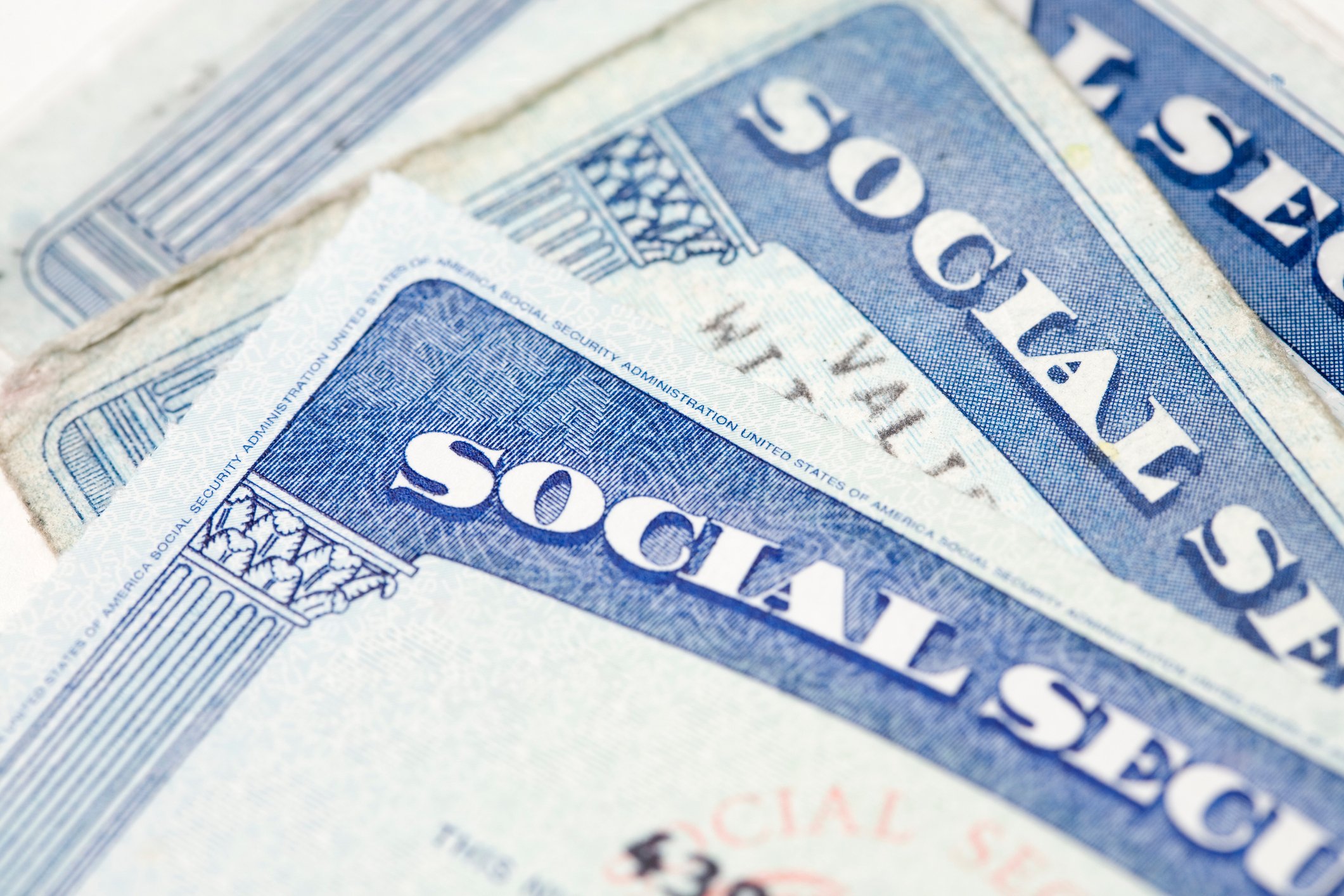It's not exactly news that a large number of Americans are in bad shape financially. But new data from GOBankingRates shows that 49% are living paycheck to paycheck, with no wiggle room for unplanned bills.
Surprisingly, 18- to 24-year-olds were the least likely to report that they live paycheck to paycheck. By contrast, those 35 to 44 were most likely to be living paycheck to paycheck.
The problem with this, though, is that it's not only unstable, but it can also lead to a mountain of debt. If you're living paycheck to paycheck, here's how to break that unhealthy cycle.

Image source: Getty Images.
1. Get on a budget
It's hard to do a good job of managing your money when you have no idea where it actually goes month after month. That's why budgeting is crucial, so if you're not in that habit, carve out some time to map out your expenses and see what they really look like.
Comb through your bank and credit card statements from the past year and see how much you spent in various categories, from housing to transportation to food to healthcare. From there, you can go through each individual category and see how you might reduce your spending in it. For example, if your cable bill costs you $100, you can play around with streaming services that could potentially cut that cost in half.
2. Consider moving
Living someplace with a high cost of living can eat away at your paycheck, even when you're otherwise trying to spend modestly. In fact, among those surveyed who live paycheck to paycheck, 37% said that a high cost of living, particularly with regard to housing and utilities, was the main reason they were stuck in that situation.
If it's exceptionally pricey where you live, consider moving to a more affordable area, whether that means choosing a different city or shifting outside city limits (you'll often find cheaper housing in the suburbs of major cities, and that way, you retain access to jobs and amenities). Downsizing your home might also allow you to stay put in the same relative area, all the while saving some money.
3. Work a side hustle
If your living costs eat up all of your earnings, and you're unable to drastically cut back on expenses, then increasing your income is a solution worth pursuing. That's where a side hustle comes in. These days, millions of workers have one, and if you're able to put in the time on evenings and weekends, you might manage to boost your paycheck substantially.
In the aforementioned survey, the average respondent said that an additional $2,200 per month is what it would take to stop living paycheck to paycheck. That's a lot of money, but if you start by earning even a quarter of that figure on a monthly basis, and then ramp up over time, you might manage to bust out of the tricky cycle you're trapped in. Best of all, your side hustle doesn't have to be a gig you hate. You can take a hobby you enjoy and make it a business, whether it's photography, graphic design, pet care, or catering.
That said, it also pays to work on boosting your primary job skills. If you make yourself a more valuable employee, you might snag a raise that bumps up your income as well.
Living paycheck to paycheck is unhealthy in the long term, and even in the short term. If that's your situation at present, take steps to bust out of that rut -- before you wind up in serious debt that wrecks your finances for years to come.





